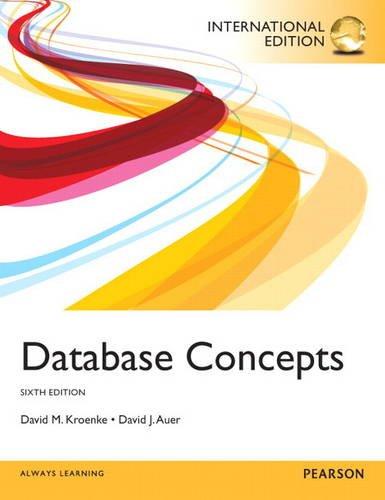Question
These are Chapter 1 Exercises from Modern Assembly Language Programming with the ARM processor by Larry D. Pyeatt. I was doing the other problems but
These are Chapter 1 Exercises from Modern Assembly Language Programming with the ARM processor by Larry D. Pyeatt. I was doing the other problems but I'm stuck on these two specifically. I know how to convert base 10 to 2 and to 16 (hexa). However, I don't know how to convert hexadecimal to base 21. Other websites have given me the answer but I want to know the step-by-step process on the conversion to base 21. Please help me.
1.2 Perform the base conversions to fill in the blank spaces in the following table:
| Base 10 | Base 2 | Base 16 | Base 21 |
| 23 | 10111 | 17 |
|
| 19 | 010011 | 13 |
|
| 2747 | 101010111011 | ABB |
|
|
|
|
| 2HE |
1.8 Given the following binary string:01001001 01110011 01101110 00100111 01110100 00100000 01000001 01110011 01110011 01100101 01101101 01100010 01101100 01111001 00100000 01000110 01110101 01101110 00111111 00000000
(a) Convert it to a hexadecimal string.
(b) Convert the first four bytes to a string of base ten numbers.
(c) Convert the first (little-endian) halfword to base ten.
(d) Convert the first (big-endian) halfword to base ten.
(e) If this string of bytes were sent to an ASCII printer or terminal, what would be printed?
Step by Step Solution
There are 3 Steps involved in it
Step: 1

Get Instant Access to Expert-Tailored Solutions
See step-by-step solutions with expert insights and AI powered tools for academic success
Step: 2

Step: 3

Ace Your Homework with AI
Get the answers you need in no time with our AI-driven, step-by-step assistance
Get Started


